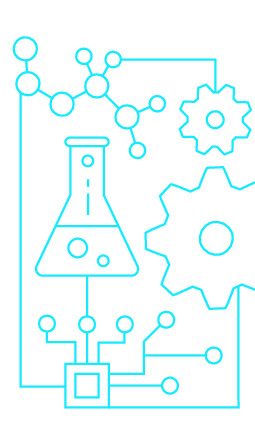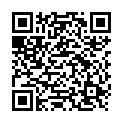|
|
|
| Module code: MAB-4.3 |
|
4V (4 hours per week) |
|
5 |
| Semester: 4 |
| Mandatory course: yes |
Language of instruction:
German |
Assessment:
Written examination
[updated 12.09.2004]
|
MAB-4.3 Mechanical and Process Engineering, Bachelor, ASPO 01.10.2004
, semester 4, mandatory course
|
60 class hours (= 45 clock hours) over a 15-week period.
The total student study time is 150 hours (equivalent to 5 ECTS credits).
There are therefore 105 hours available for class preparation and follow-up work and exam preparation.
|
Recommended prerequisites (modules):
MAB-3.3 Applied Metrology
[updated 17.08.2012]
|
Recommended as prerequisite for:
|
Module coordinator:
Prof. Dr. Benedikt Faupel |
Lecturer: Prof. Dr. Benedikt Faupel
[updated 18.06.2004]
|
Learning outcomes:
Students will be introduced to programmable control systems and their applications, and will be taught system-theoretical methods for solving practical control problems. The course will teach students how to select and adjust a controller for a particular practical application and will raise awareness of the problems associated with selecting and tuning control loops.
Students will learn about modern software tools and how to use them to build models, simulate and solve problems in automation engineering.
[updated 12.09.2004]
|
Module content:
1. Introduction and fundamentals of control engineering
1.1 Open-loop control elements, closed-loop control elements and block diagrams
1.2 Definitions, standards and nomenclature, distinction between open- and closed-loop control
1.3 Examples of practical implementations of control systems in process plants
2.O pen-loop control systems
2.1 Digital technology, number systems, coding, number formats
2.2 Basics of binary logic
2.3 Structure and function of open-loop control systems
2.4 Logic control and sequence control systems
3. Closed-loop control systems
3.1 Functional description of elementary transfer elements
3.2 Differential equations and transfer functions
3.3 Distribution of poles and zeros
3.4 Bode plots
4. Static and dynamic behaviour of closed-loop control systems
4.1 Setpoint and interference response
4.2 Determination of the stationary deviation for various input signal characteristics
5. Design, adjustment and optimization of controllers in the time domain
5.1 Tuning closed-loop control systems to give a defined damping response
5.2 Tuning closed-loop control systems using the Ziegler-Nichols, Chiens, Hrones and Reswick methods
5.3 Tuning using the T-sum rule
5.4 Tuning via the symmetric optimum principle and optimum amplitude methods
6. Design, tuning and optimization of closed-loop controllers using the frequency response plot method
7. Discontinuous control (two-position and three-position controllers)
7.1 Time response and optimization / Tuning discontinuous controllers
8. Introduction to MATLAB/SIMULINK
8.1 Introduction to the system and language elements
8.2 Applications
[updated 12.09.2004]
|
Teaching methods/Media:
Faupel, B. Lecture notes ‘Automatisierungstechnik’
SPS lab notes
Example applications in Matlab/Simulink
[updated 12.09.2004]
|
Recommended or required reading:
Unbehauen, H.: Regelungstechnik I; 11. Auflage; Vieweg Verlag, Braunschweig; 2001
Lutz, H.; Wendt, W.: Taschenbuch der Regelungstechnik; 3. Auflage; Verlag Harri Deutsch, Frankfurt/Main 2000.
Föllinger, O.: Regelungstechnik; 8. Auflage; Hüthig Verlag, Heidelberg 1994.
Meyr, H.: Regelungstechnik und Systemtheorie. Wissenschaftsverlag Mainz, Aachen, 2000.
Samal, E.; Becker, W.: Grundriss der praktischen Regelungstechnik. Oldenbourg Verlag, München 1996.
L. Merz; H. Jaschek: Grundkurs der Regelungstechnik, Oldenbourg Verlag, München, 1985.
H. Jaschek; W. Schwimm: Übungsaufgaben zum Grundkurs der Regelungstechnik, Oldenbourg Verlag, München 1993.
Leonard, W.: Einführung in die Regelungstechnik; 6. Auflage. Vieweg Verlag, Braunschweig 1992.
Walter, H.: Kompaktkurs Regelungstechnik. Vieweg Verlag, Braunschweig 2001.
Grupp F.; Grupp F. Matlab 6 für Ingenieure. Oldenbourg Verlag, München 2002.
Wellenreuther, G; Zastrow, D. Steuerungstechnik mit SPS, Vieweg Verlag, 5. Auflage 1998.
[updated 12.09.2004]
|


